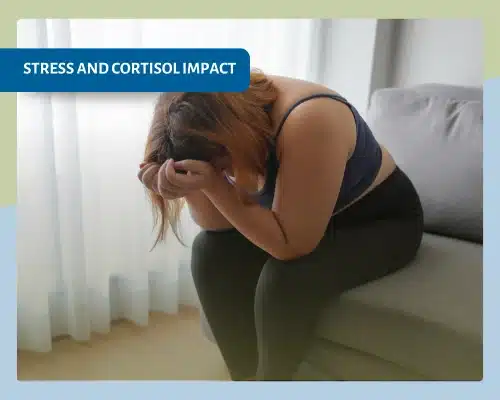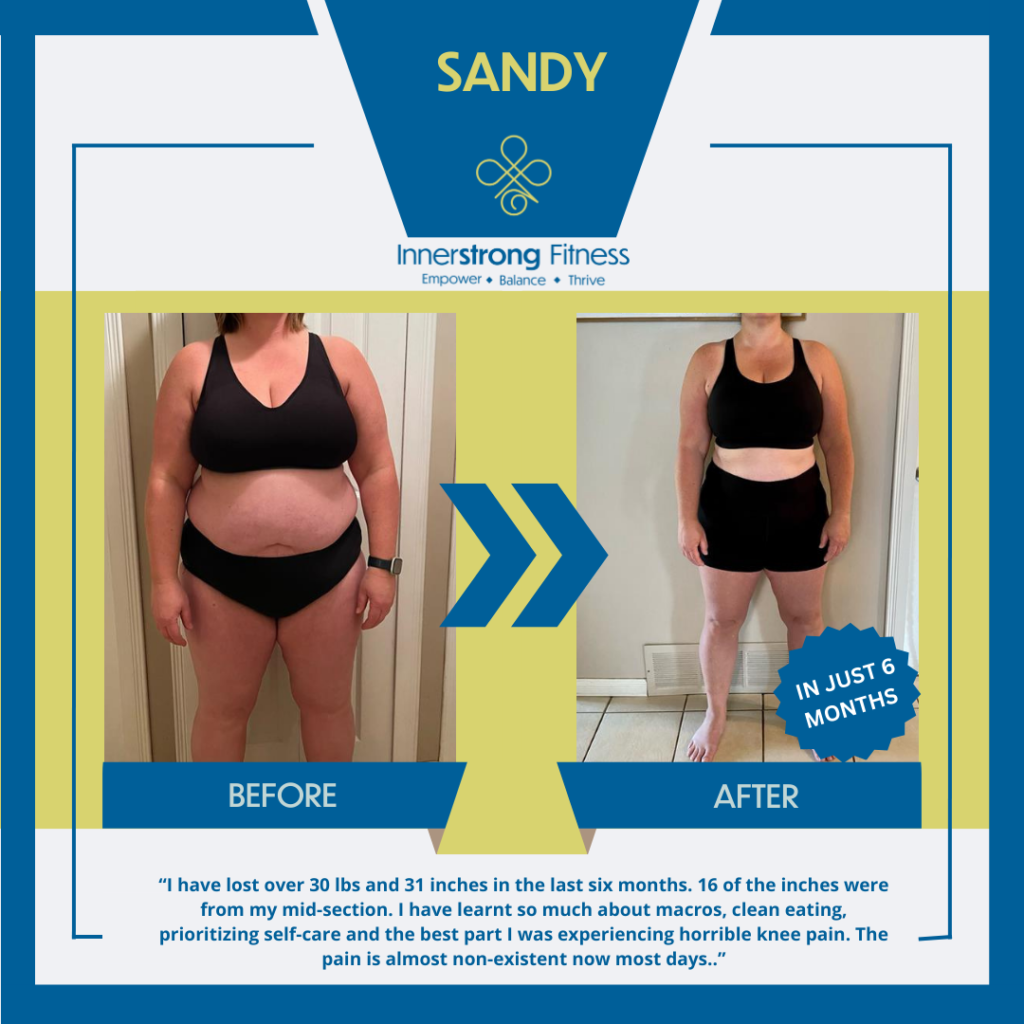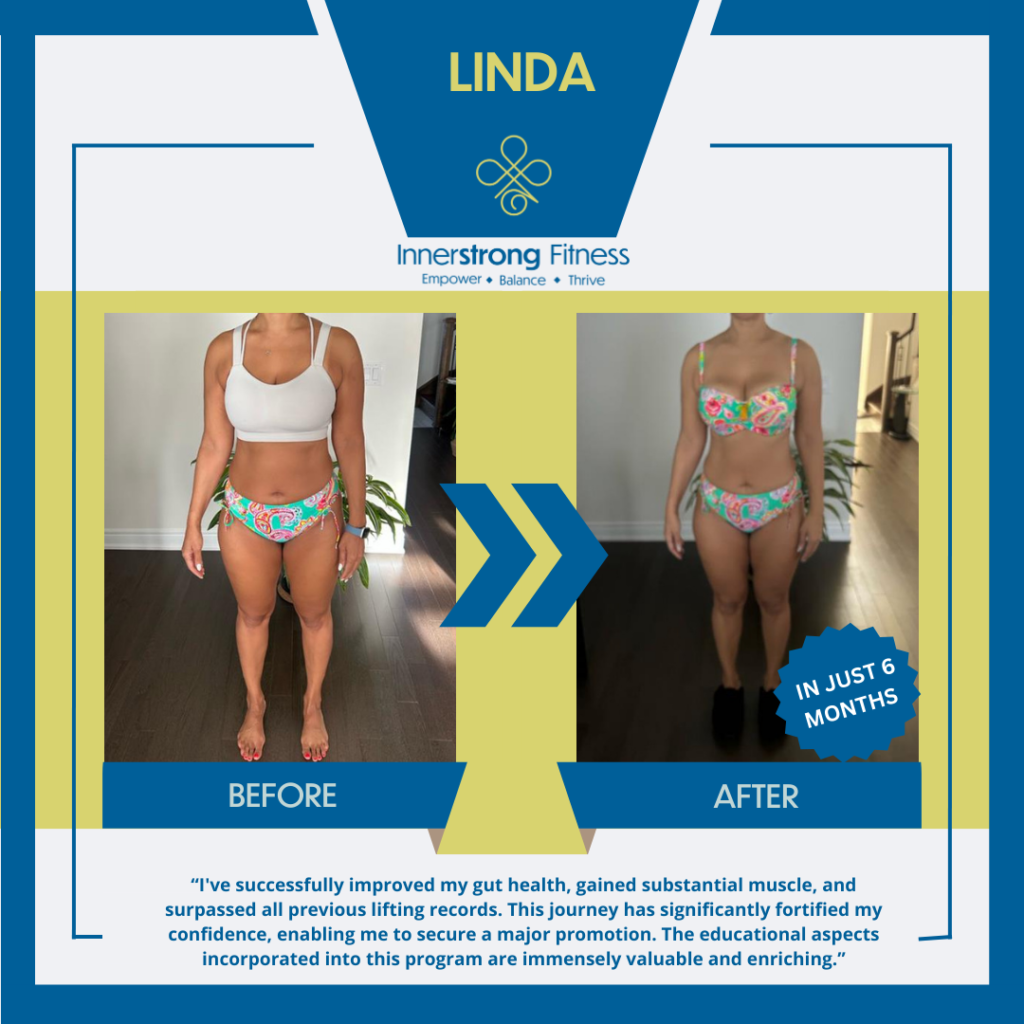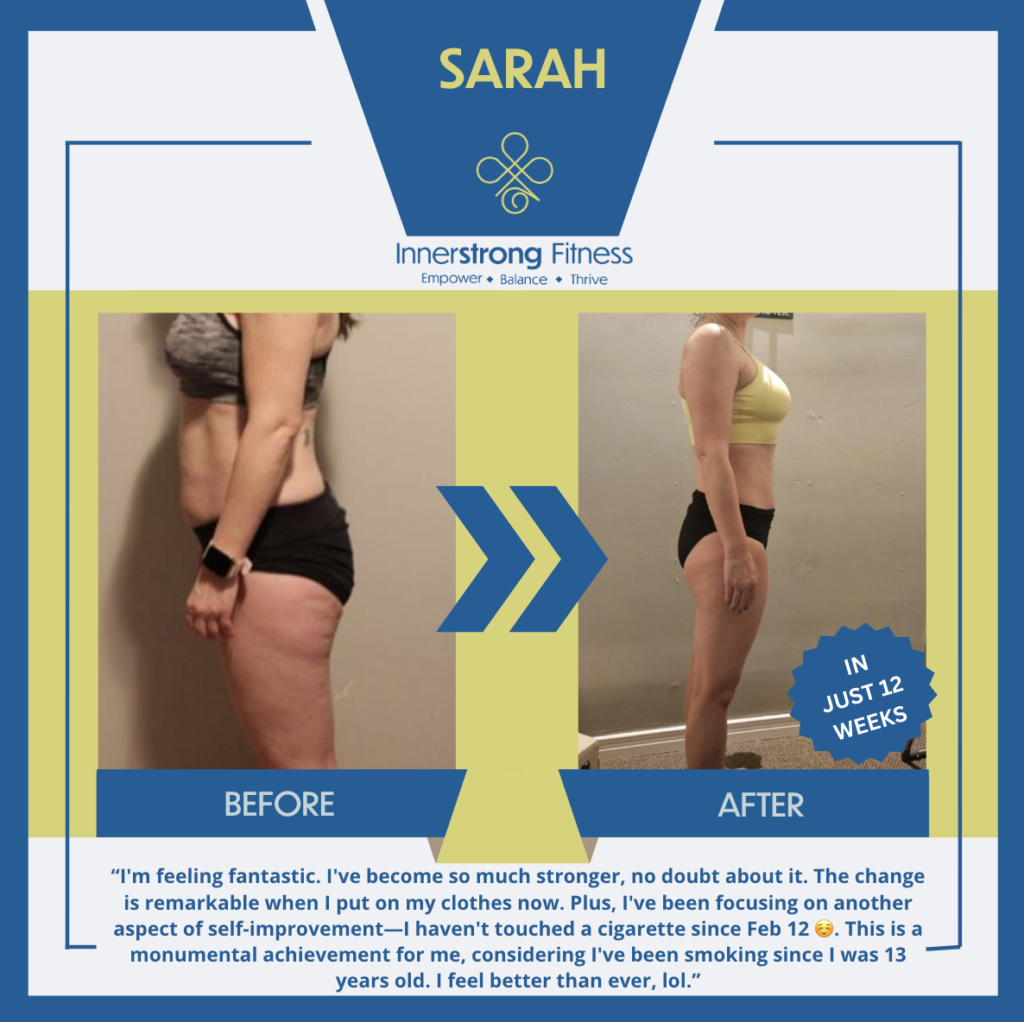If you’ve been pushing yourself in the gym, tracking your food meticulously, and still not seeing fat loss results, stress might be the missing piece of the puzzle. Chronic stress can wreak havoc on your metabolism, disrupt your sleep, and leave you spinning your wheels no matter how dialed in your fitness routine seems.
In this article we break down the science behind stress, cortisol, and how they impact fat loss. We also explored actionable ways to manage stress without turning your life upside down.
The Role of Stress in Fat Loss
Stress is a natural part of life, and in small doses, it can actually help you perform better. Whether it’s powering through a big presentation or setting a new PR in the gym, short bursts of stress can drive results. But when stress becomes chronic, it’s a different story.
Your body’s stress response, also known as the fight-or-flight mechanism, can lead to:
- Increased fat storage (especially around the belly).
- Decreased metabolic rate.
- Poor digestion and nutrient absorption.
- Interrupted sleep and recovery.
Understanding these effects is key to breaking through fat loss plateaus and optimizing your results.
What Is Cortisol and Why It Matters
Cortisol is a hormone released during stress that helps regulate energy, metabolism, and other essential processes. While cortisol gets a bad rap, it’s not inherently harmful. The issue arises when chronic stress keeps cortisol elevated for too long.
High cortisol levels can lead to:
- Difficulty losing fat despite being in a calorie deficit.
- Loss of muscle due to impaired repair and protein synthesis.
- Constant fatigue and poor energy levels.
It’s important to focus on the root cause of elevated cortisol—chronic stress—rather than the hormone itself.
The Connection Between Stress, Training, and Results
Exercise is a stressor, and not all stress is bad. However, the type, intensity, and frequency of your workouts can either help or hurt your stress levels.
- High-intensity training: Powerlifting, HIIT, and long-duration cardio can spike cortisol, especially if you’re already dealing with chronic stress.
- Low-intensity movement: Activities like walking, yoga, or mobility work activate your parasympathetic nervous system, promoting relaxation and recovery.
Balancing your training intensity with restorative activities is critical for stress management and sustainable progress.
Signs That Stress Is Stalling Your Fat Loss
Not sure if stress is the issue? Pay attention to these signs:
- Poor sleep or difficulty staying asleep.
- Constant cravings for sugary or high-fat foods.
- Feeling rundown or unable to recover from workouts.
- Digestion issues, including bloating or irregularity.
- Fatigue or lack of motivation.
- If any of these resonate, it’s time to address your stress head-on.
Practical Ways to Manage Stress
Pause Between Activities
Take 30 seconds to reset between tasks—whether it’s after a workout, before eating, or transitioning between meetings. A simple pause can help calm your nervous system.
Create Flexible Routines
Consistency with sleep, meals, and movement helps your body feel safe. Build routines that align with your schedule, but allow room for life’s unpredictability.
Focus on Play and Fun
Engage in hobbies, laugh more, and prioritize activities that bring you joy. Smiling and laughter can naturally lower stress hormones.
Reframe Negative Self-Talk
Talk to yourself using your name, as if coaching a friend. For example, “Nicole, you’ve got this!” This small shift can help you approach challenges with a more positive mindset.
Track Biofeedback
Keep a simple journal to monitor sleep quality, digestion, cravings, and energy levels. Spotting patterns in your biofeedback can guide your approach to stress management.
The Bigger Picture
If you’ve been struggling to lose fat, build muscle, or simply feel your best, chronic stress could be holding you back. But the solution doesn’t have to involve a complete lifestyle overhaul. Start with small, intentional changes—like taking a few deep breaths, adjusting your training, or adding more fun to your day—and watch how your body responds.











